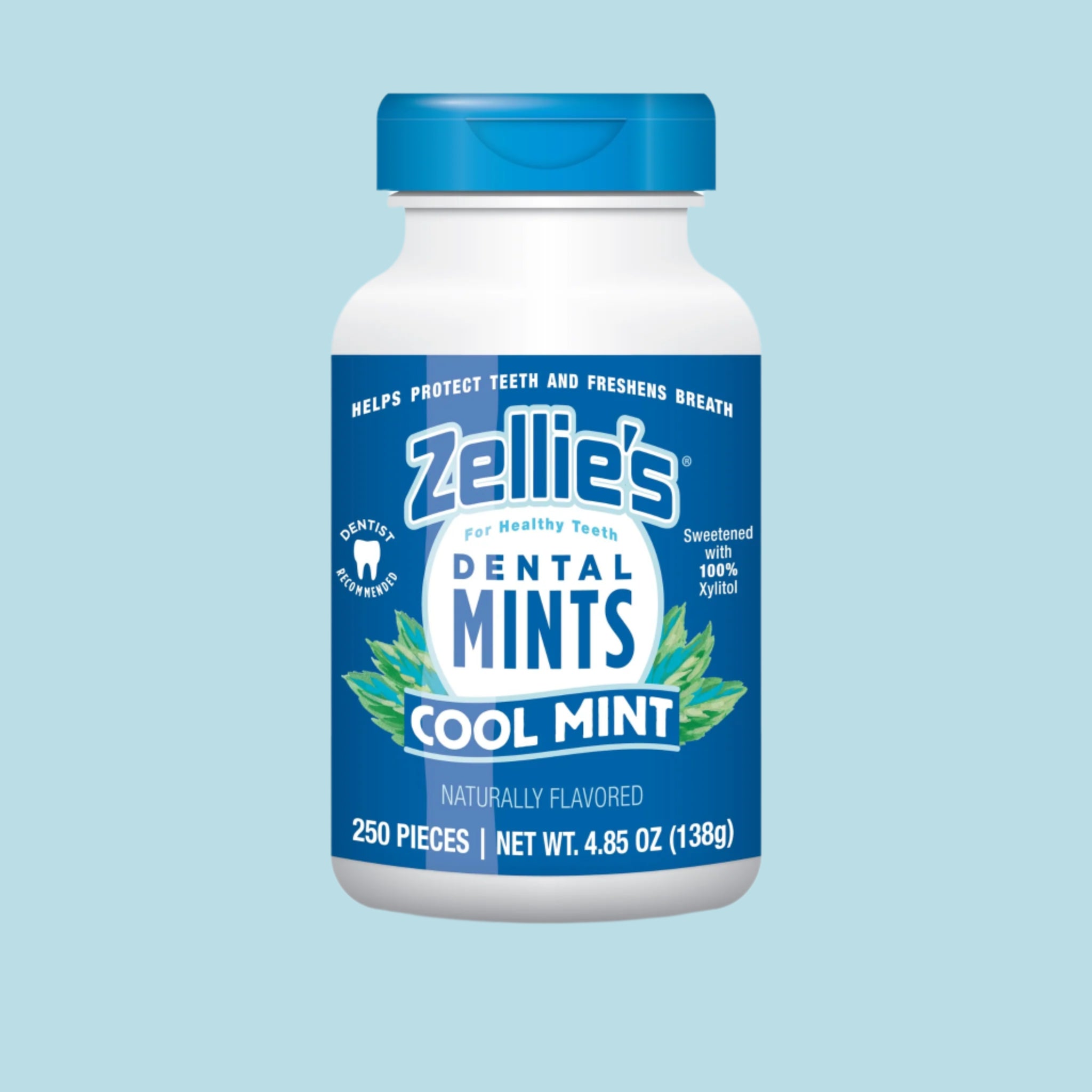As responsible pet parents, we’re all aware that certain human foods can be dangerous—even deadly—for our furry companions. Grapes, chocolate, raisins, onions, and avocados are just a few examples. But there’s another item on that list that may surprise you: xylitol.
Xylitol is celebrated for its many health benefits for humans, especially in oral health—but when it comes to dogs, this natural sweetener can be fatally toxic. Understanding this contrast is key to enjoying xylitol's benefits for yourself while keeping your pets safe.
What Is Xylitol?
Xylitol is a naturally occurring sugar found in many fruits (like strawberries, raspberries, plums, and blackberries), vegetables (such as corn), and trees (like birch and other hardwoods). It’s widely used as a sweetener in sugar-free products because of its low glycemic index of 7 and its numerous health benefits—particularly oral health benefits. However, for dogs, it is a completely different story.
Why Is Xylitol Toxic to Dogs?
According to VCA Animal Hospitals, when dogs consume xylitol, their bodies absorb it quickly and respond by releasing a powerful surge of insulin. This sudden insulin spike causes a rapid drop in blood sugar—a condition called hypoglycemia—that can occur within 30 minutes to 2 hours after ingestion.
If untreated, this condition can result in:
- Vomiting
- Lethargy
- Weakness
- Difficulty walking
- Tremors
- Seizures
- Coma
At higher doses, xylitol may also lead to liver failure, typically within 24 to 48 hours of ingestion.
How much is toxic?
Even small amounts can be dangerous. As little as 0.03 to 0.045 grams per pound of body weight can trigger toxic effects.
If you suspect your dog has ingested anything containing xylitol, call Animal Poison Control at 1-888-426-4435 or your vet immediately.
What About Other Animals?
There is limited research on how xylitol affects cats and other animals, but out of caution, it’s strongly recommended to keep xylitol products away from all pets, not just dogs.
Xylitol Is Common in Everyday Products
Many people are surprised to learn how many household items contain xylitol. These include:
- Sugar-free gum, mints, and candies
- Baked goods labeled “sugar-free”
- Toothpaste and mouthwash
- Skin care products like moisturizers and balms
- Prescription and over-the-counter medications
Always check ingredient labels and store products carefully—especially if you have curious pets at home.
Safe Storage Tips for Zellie’s Mints and Gum
At Zellie’s, we promote the daily use of xylitol for better oral health—but we also care deeply about the safety of your pets. Here’s how to enjoy the benefits of Zellie’s while preventing accidental exposure:
- Use secure containers: Transfer Zellie’s mints or gum from bulk bags into our tightly sealed Jar size containers if you prefer to keep them out in the open.
- Store high and away: Keep your Zellie’s in a kitchen pantry or cupboard on a high shelf, making it convenient for after meals—but out of paw’s reach.
-
Bathroom safety: If part of your morning or evening oral care routine, store Zellie’s in a closed medicine cabinet, not on the counter.
A Sweet Treat for You—Not for Pets
Xylitol can be life-changing for your dental health, but it’s vital to be aware of the risks it poses to pets. With a little extra care and awareness, you can safely enjoy all the benefits of xylitol—while keeping your pets healthy and happy.
Stay safe. Stay sweet. Keep your Zellie’s high and sealed.
*For more information, visit: https://www.petmd.com/dog/poisoning/xylitol-poisoning-in-dogs


